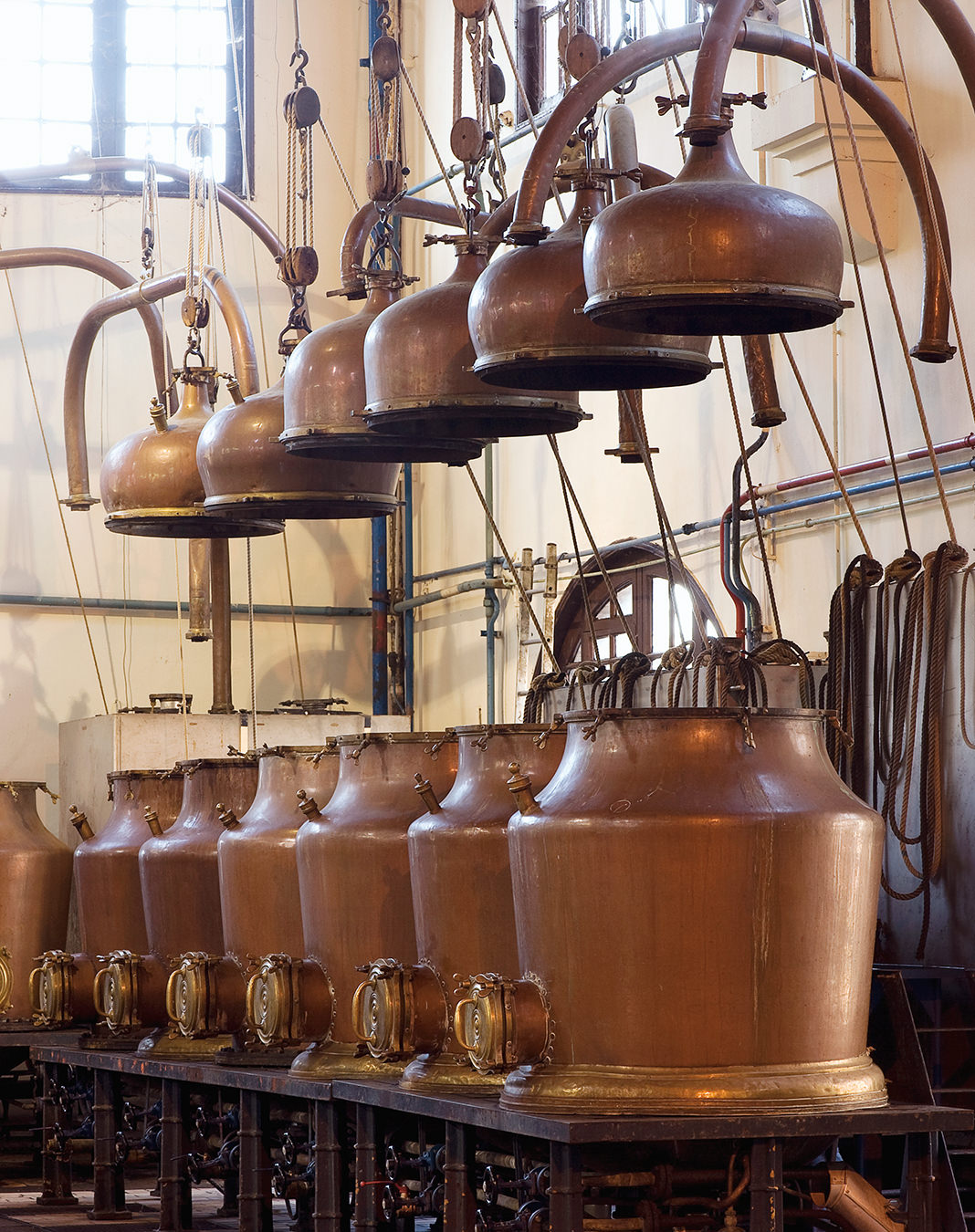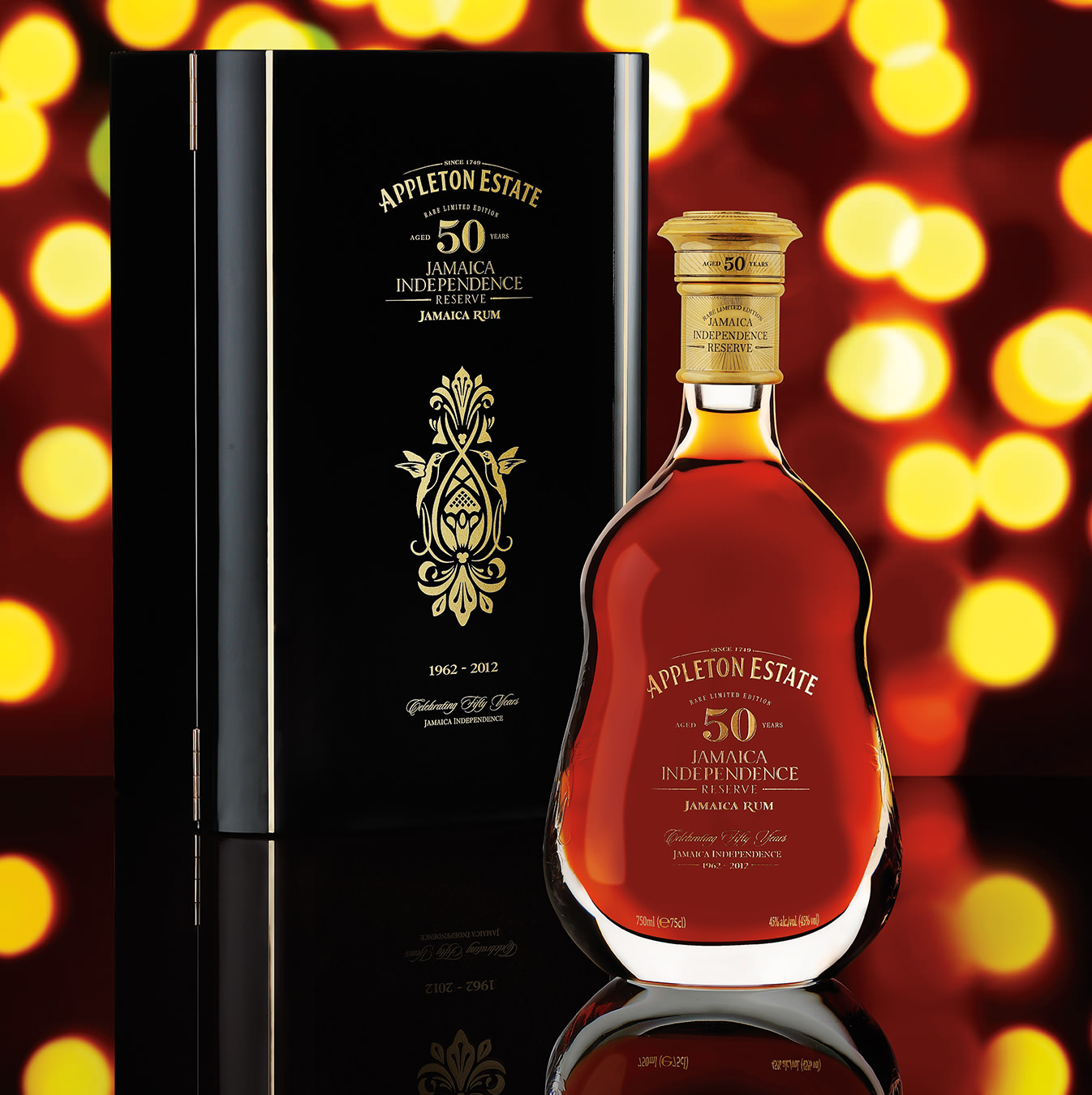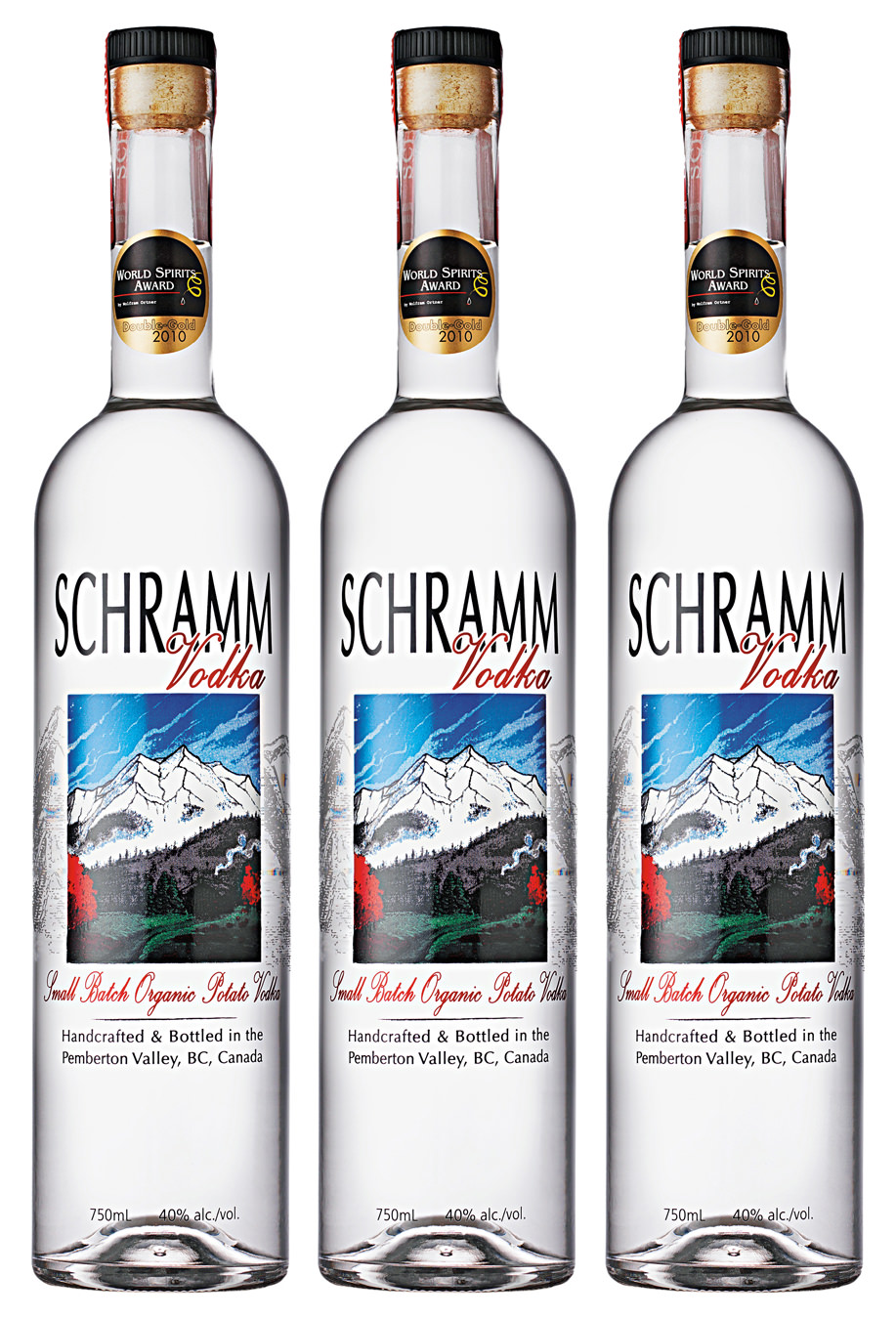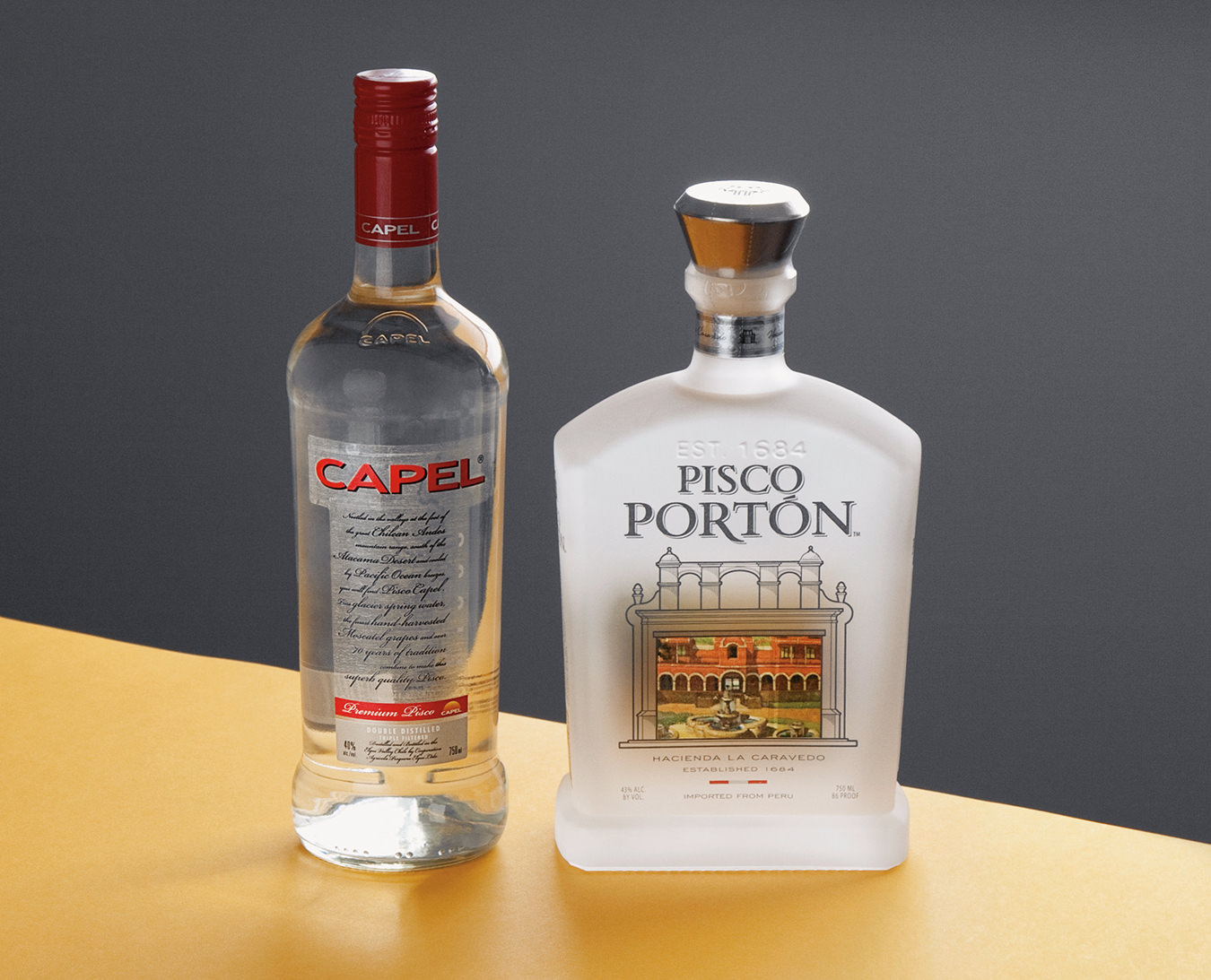-
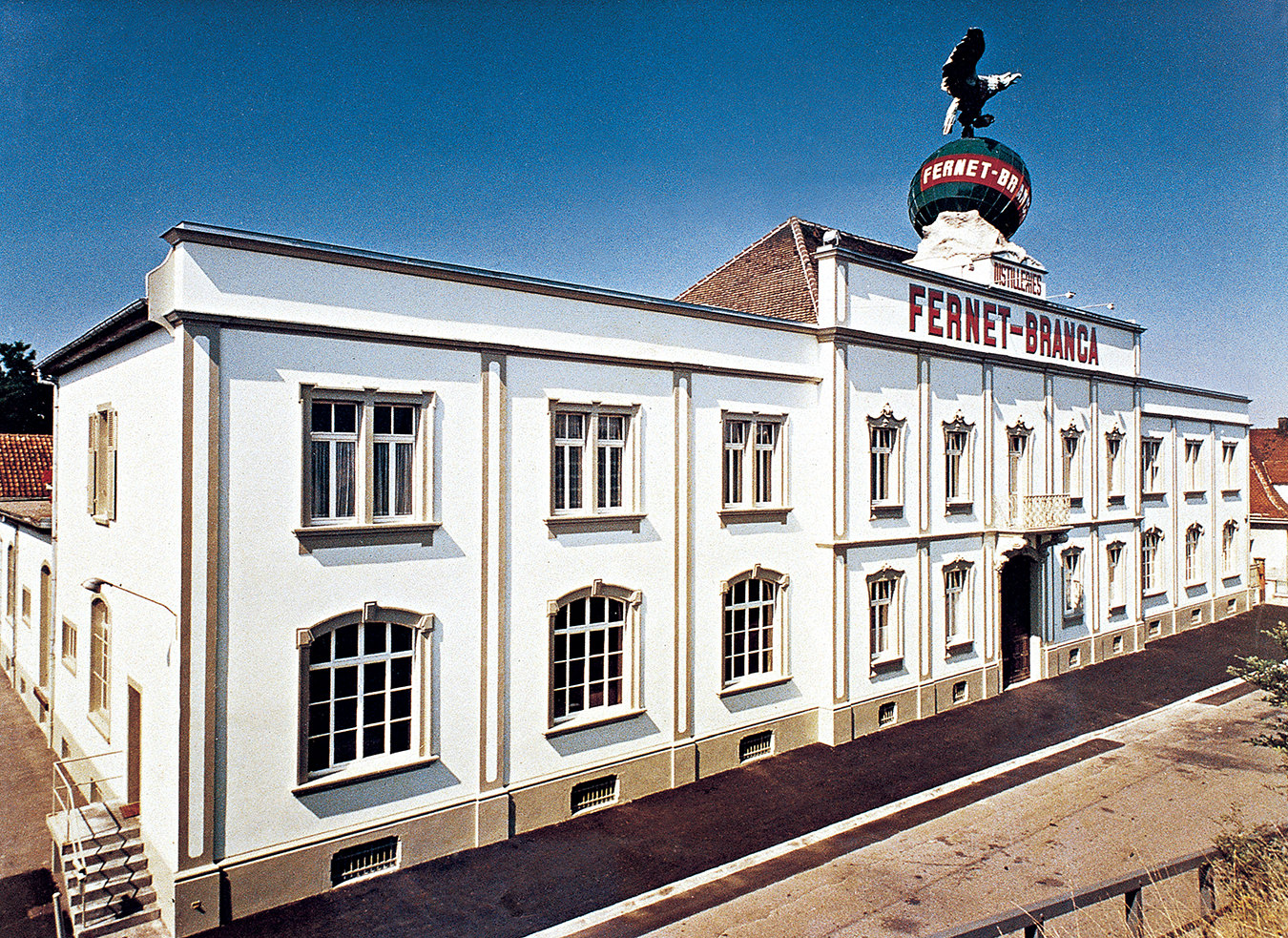
The Fernet-Branca distillery in Milan, Italy.
-
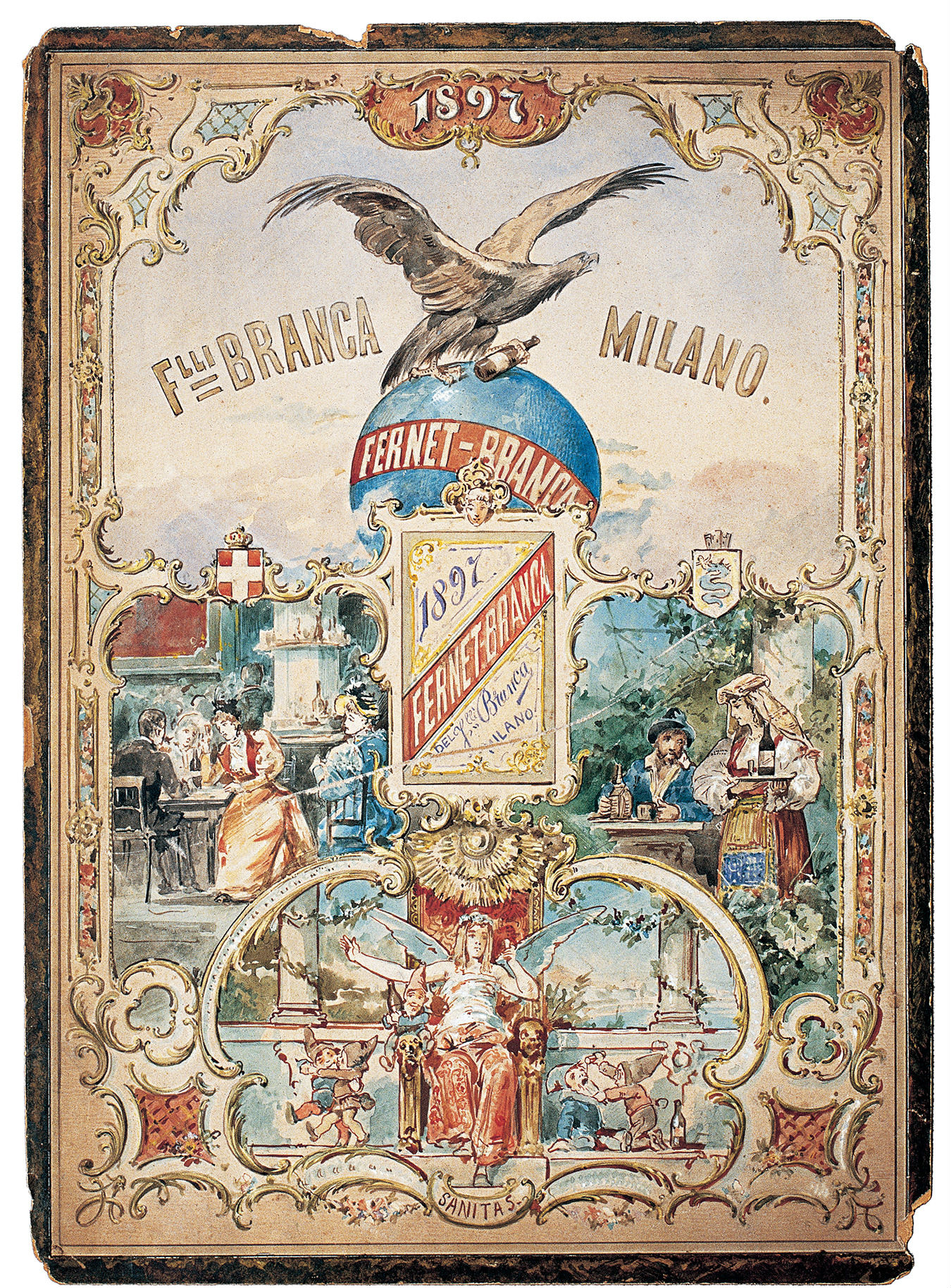
A Fernet-Branca vintage advertisement.
-
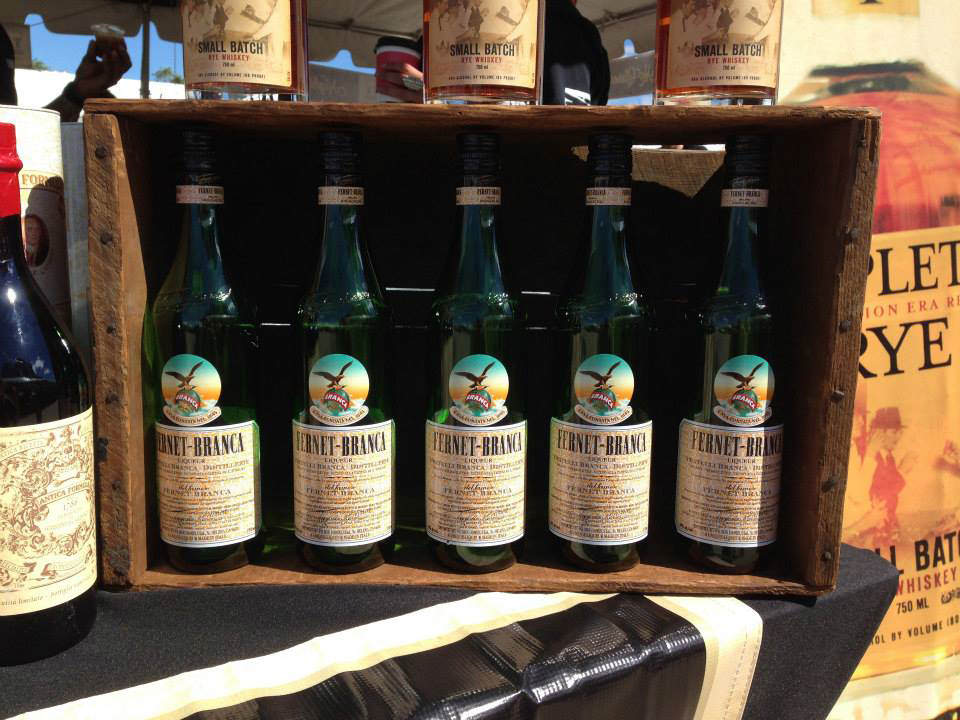
A case of Fernet-Branca.
All Hail Fernet-Branca
The classic amaro.
As far as world cultures go, no one does dinner quite like the Italians. Sitting down to the table is not just a gathering but also a sport. It’s no wonder those food-loving Italians also created one of the world’s most recognizable bitter digestifs, Fernet-Branca. It’s been bottled for nearly 170 years, but in the past five years, Fernet-Branca and its minty stepsister Branca Menta have been popping up in cocktails and shot glasses with renewed vigour. Step aside, Jägermeister—the global palate is craving something a bit more refined.
Having a digestif to settle the stomach after a meal (either lunch or dinner) has been a common practice at Italian tables for generations, and no digestif is quite as iconic as Fernet-Branca. This amaro (an Italian herbal liqueur) was created in Milan in 1845 by Bernardino Branca, who then opened the Fratelli Branca Distillerie, which is still family-run today.
“What’s in the bottle remains a family secret,” says Kirk Gaither, vice-president of marketing for Infinium Spirits, an importer of the brand. “I can tell you that it’s 40 herbs and spices, and it is a proprietary blend from four continents. We get our aloe from South Africa, the gentian from France, and galangal from India, and our chamomile comes from Italy and Argentina. There’s also saffron, myrrh, and elderflower, too.”
This herbal liqueur has been a darling of artists and authors—F. Scott Fitzgerald gave Fernet-Branca a nod in Tender Is the Night, and Bill Cosby discussed it in a stand-up act—yet it is certainly what one might politely call an acquired taste. It’s rather bracing, with notes of aloe and menthol (if you can detect them behind the punch of bitter). Those unfamiliar with Fernet-Branca probably won’t enjoy it on the first try—maybe not even on the second or third. Cough syrup might come to mind, or the notion that one should only drink the stuff on a dare. Fernet-Branca is intended to stimulate the secretion of gastric juices and thus speed digestion.
The proof of its ability to charm after repeated use is evident in North America. “San Francisco is a massive market for the brand behind the bar,” says Gaither. “We refer to it [Fernet-Branca] as ‘the bartender’s handshake’ because it’s become the de facto shot of those in the bar industry.” In South America, you’ll often find it mixed with Coca-Cola. Argentina has a long, long love affair with Fernet, so much so that the brand has a second distillery in Buenos Aires.
While the devotion to the bitterness could be a mystery to some people, it’s easy to understand why artists love Fernet-Branca, as the company has always aligned heavily with visual art. Way back in 1865, Fernet-Branca posted its first advertisement in a daily newspaper called La Perseveranza. Over the following decade, the brand’s advertising took on a larger size and scope, slowly but surely etching itself into the Italian consciousness. By 1890, the product had become so mainstream in popular drinking culture that the company decided to amass a photographic archive. The images of Fernet-Branca posted in cafés, taverns, and restaurants around the country remain invaluable pieces of history and are housed in the Branca museum in Milan along with old presses, stills, production tools, and other memorabilia.
Legend has it that soprano Maria Callas would sip Fernet-Branca with a splash of mint syrup prior to her opera performances. The distillery was so inspired that in the 1960s it created Branca Menta—a base of Fernet with Piedmontese peppermint oil and a little sugar.
Fernet-Branca and Branca Menta are as powerful in today’s craft cocktail scene globally as they were in the pre-Prohibition heyday of drinking complex tipples. If you want to try it in a classic cocktail, request the Hanky Panky, a mix of gin, sweet vermouth, and a bar spoon of Fernet-Branca, stirred and served up with an orange peel. For a real treat, add a splash to stiff, black coffee.
Nothing can even approach Fernet-Branca’s efficacy as a stomach-smoothing after-dinner drink; the list of bitters is long, but none do the job like this one. In a tourist guide for Rome, it is mentioned as “a household name in Italy and a cult hit abroad … one of Italy’s more unusual drinks … a cross between medicine, crushed plants, and bitter mud.” How inviting is that?

